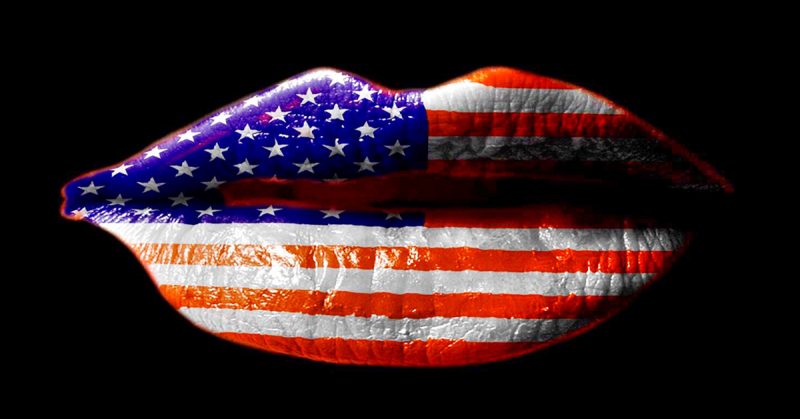America’s first leaders led the fight for freedom from the Kingdom of Great Britain. They created a different kind of “kerfuffle” in their private lives.
Alexander Hamilton
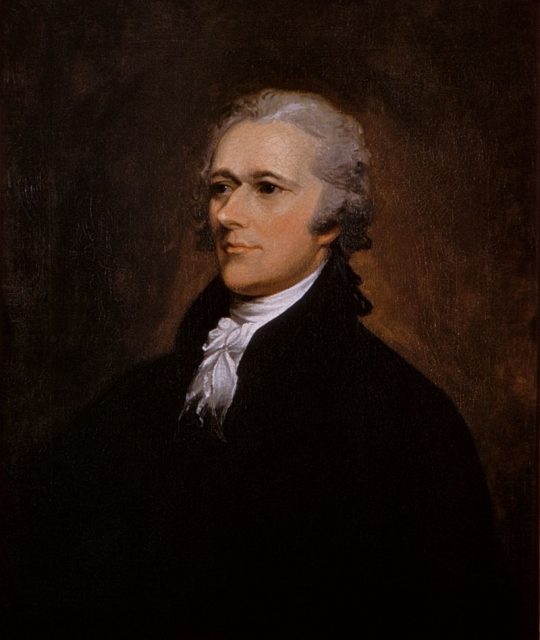
Devastatingly handsome (have you checked out a $10 bill lately?), and, according to one historian, “brimming with libido,” Alexander Hamilton was the nation’s first public figure to be embroiled in a sex scandal.
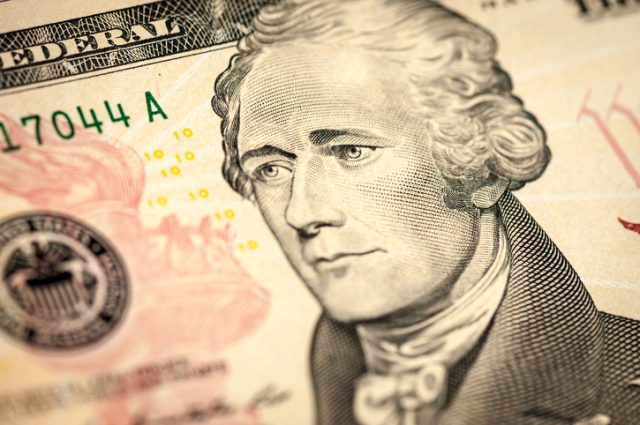
He came clean…and then some. Instead of merely offering a mea culpa, Hamilton, in a major TMI moment, described his indiscretions in what was termed “almost picaresque detail,” making colleagues cringe.
Thomas Jefferson
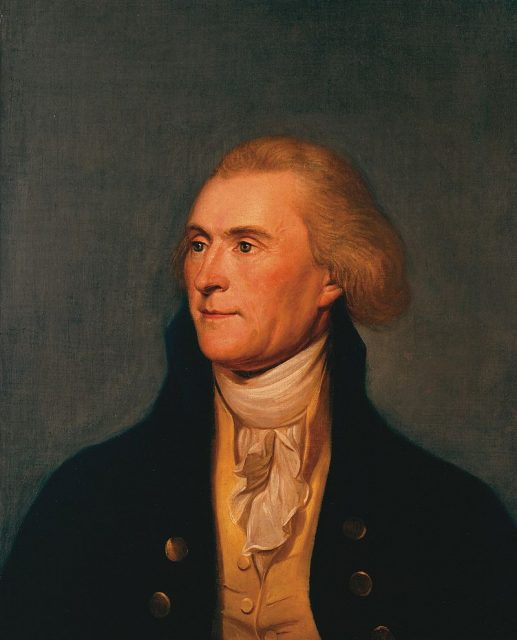
As a young man in college, when facing his crush, Rebecca Burwell, Thomas Jefferson said, “I was prepared to say a great deal.
I had dressed up in my own mind such thoughts as occurred to me, in as moving language as I know how, and expected to have performed in a tolerably credible manner.”
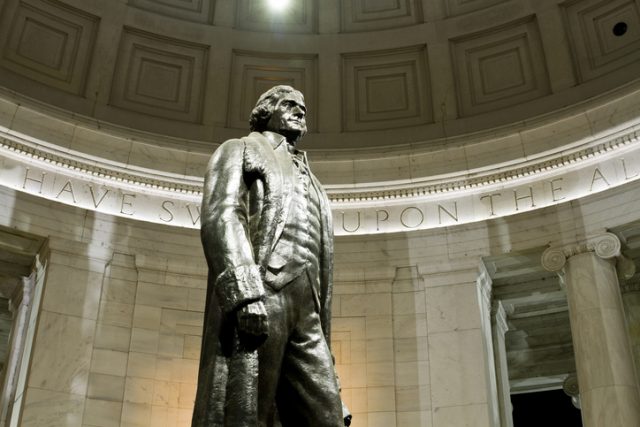
“But, good God! when I had an opportunity of venting them, a few broken sentences, uttered in great disorder, and interrupted with pauses of uncommon length, were the too visible marks of my strange confusion.”
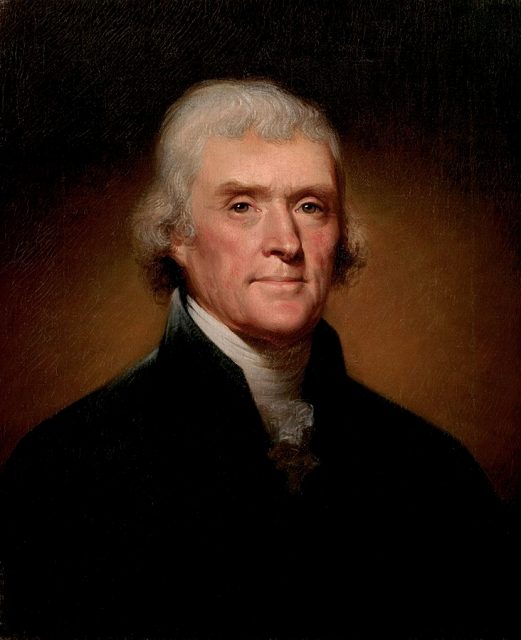
Suffice to say, Jefferson shook the whole shyness thing years later, becoming quite the catch — not to mention the very definition of a Renaissance man: violinist, inventor of words (belittle, to name one), a gourmet and a wine connoisseur (during his eight years in the White House, he ran up a wine bill of about $10,000 — nearly $150,000 today!).
Benjamin Franklin
Sure, Ben Franklin had a way with words — he published the Poor Richard’s Almanac, after all. He was particularly fond of advising others on all things lust-related.
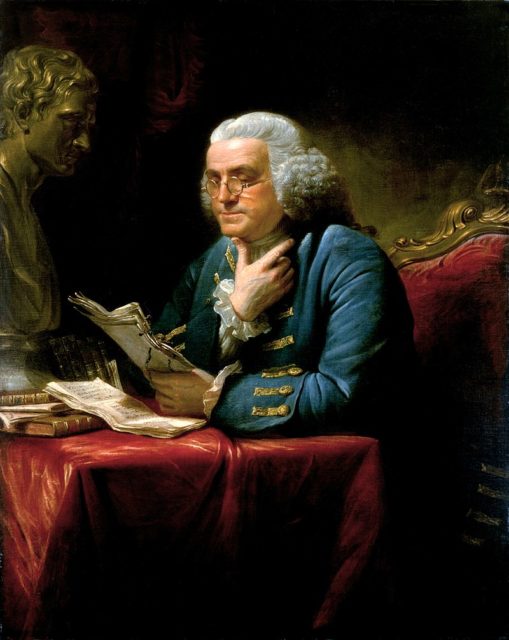
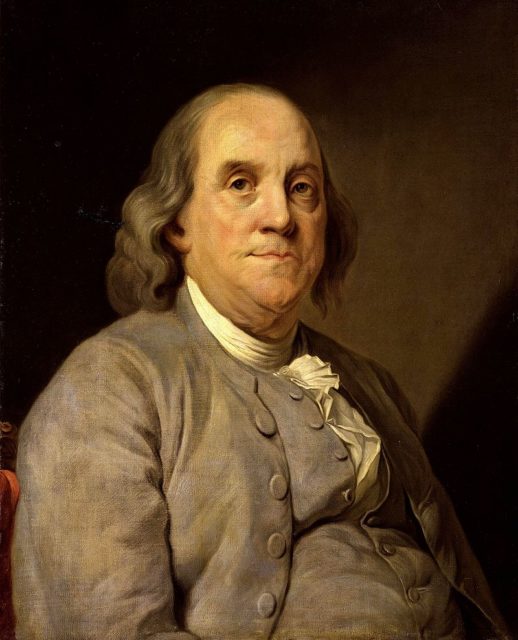
For example, centuries before the word “cougar” became part of the vernacular, he offered a pal eight reasons why he should take an older mistress. (Among them: “Because there is no hazard of Children, which irregularly produced may be attended with much Inconvenience.”)
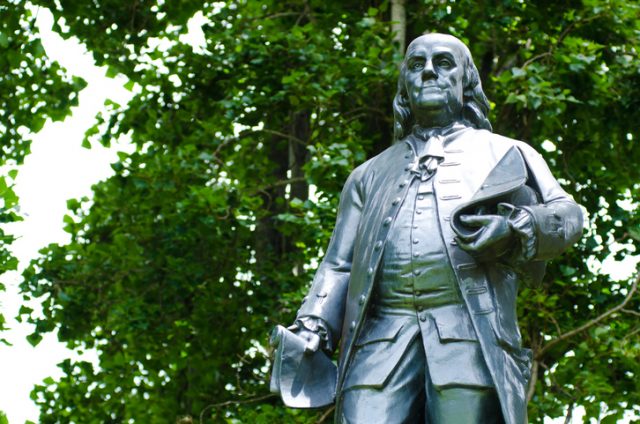
Later in life, after the death of his wife Deborah, Franklin became an ambassador to France and famously indulged in all “extracurricular activities” with the high society of Paris.
John Adams
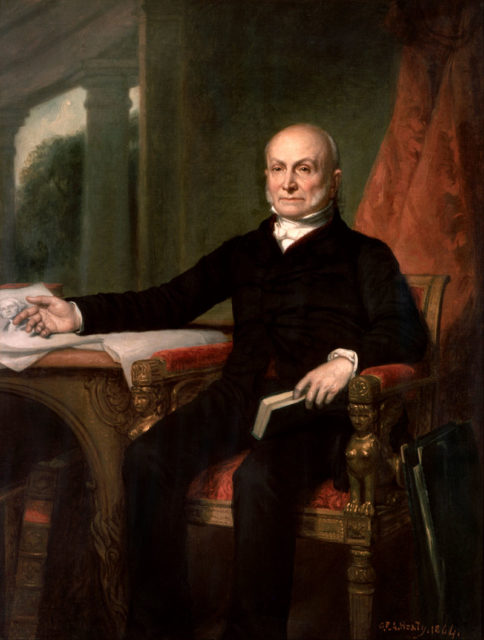
Granted, John Adams wasn’t much in the looks department — short and stocky, his nickname around the nation’s capital was “His Rotundity.”
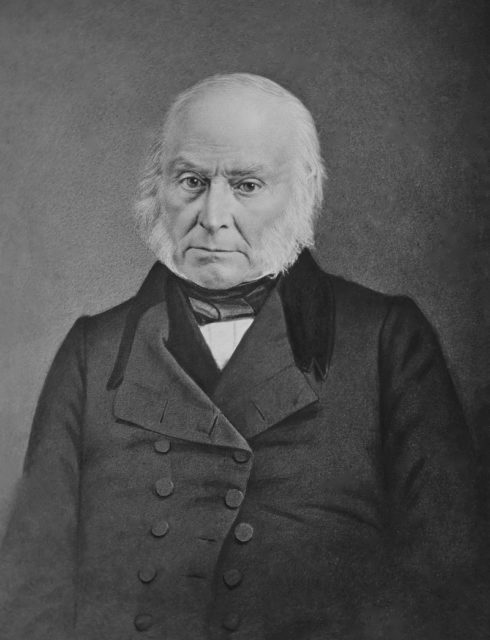
But in letters to wife Abigail, he was Mr. Smooth: “I am, with an Ardour that Words have not Power to express, yours.”
George Washington
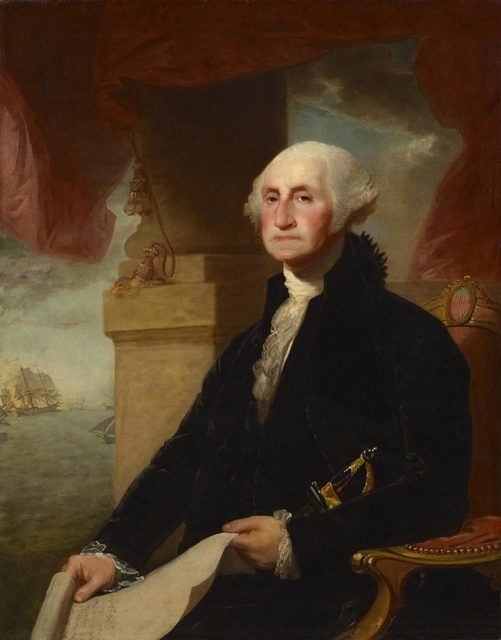
A renowned tough guy, George Washington relished being in the frontline and had two horses shot from beneath him in the heat of battle.
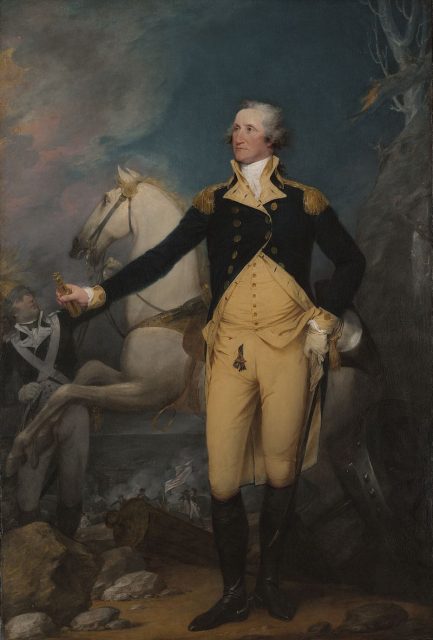
He once wrote to his brother, “I heard the bullets whistle and, believe me, there is something charming to the sound of bullets.”
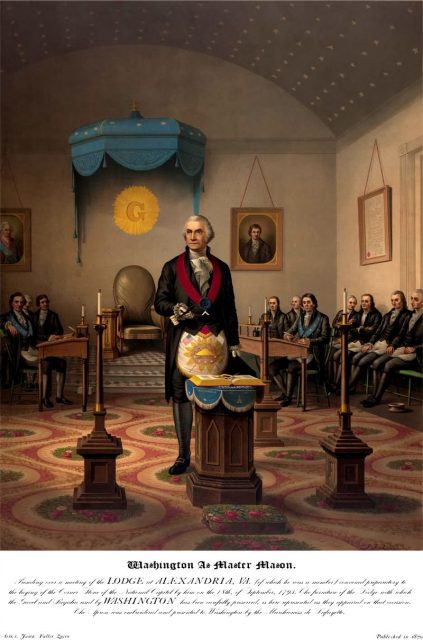
But the bruiser had a soft side, too: He named one of his hunting dogs “Sweet Lips.”
John Hancock
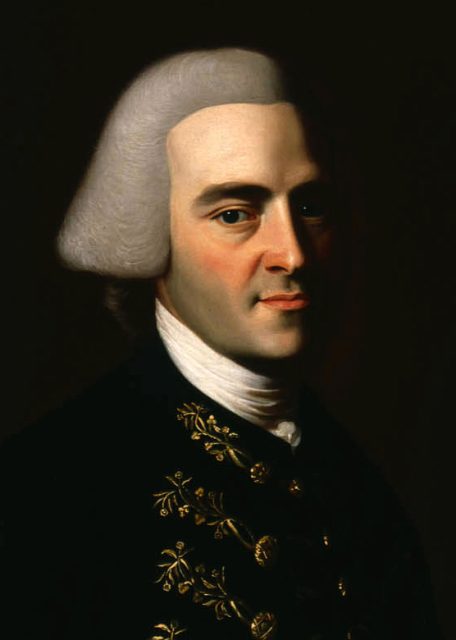
The man with one of America’s most famous signatures apparently liked his women feisty. To wit: Before their marriage, Hancock told wife-to-be Dorothy Quincy that she couldn’t return to Boston (to be by her father’s side) in the wake of the Battle of Lexington.
But Dorothy gave as good as she got, responding: “Recollect, Mr. Hancock, that I am not under your control yet. I shall go to my father tomorrow.”
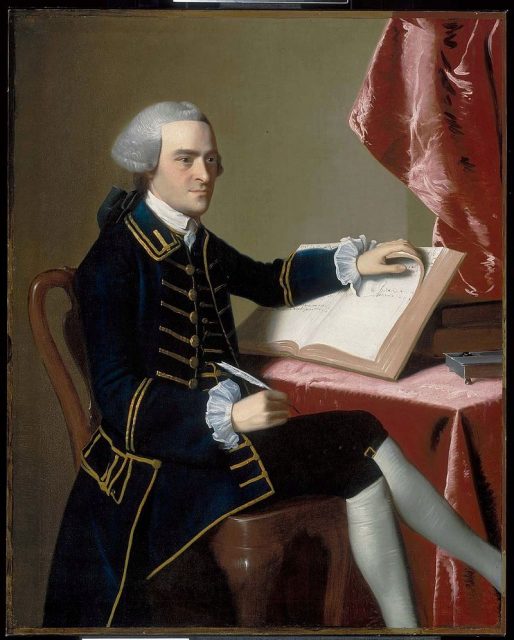
But her pluckiness may not have been the only reason Hancock was bewitched: Legend has it, he got a gander at Dorothy’s dainty feet (during a church service, of all things) and found them very attractive.
Patrick Henry
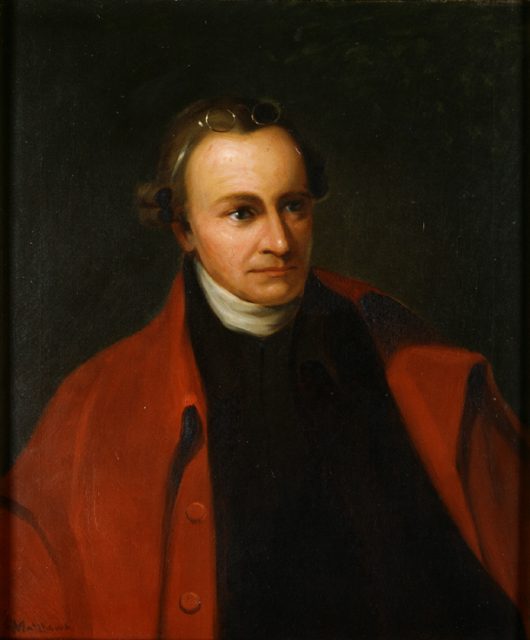
“Give me liberty, or give me death!” was a fiery proclamation shouted by Patrick Henry, on the eve of the American Revolution. But this patriot also had a softer, more sensitive side.
When his wife and childhood sweetheart, Sarah Shelton Henry, become mentally unstable, prone to depression and violent outbursts, Henry ignored recommendations to place her in an institution.
Read another story from us: George Washington and Marijuana: Fact vs Fiction
Instead, he cared for her at the couple’s home, Scotchtown plantation, creating a cheerful apartment for her to reside in — unheard of at a time when mental illness was seen as sinful.
